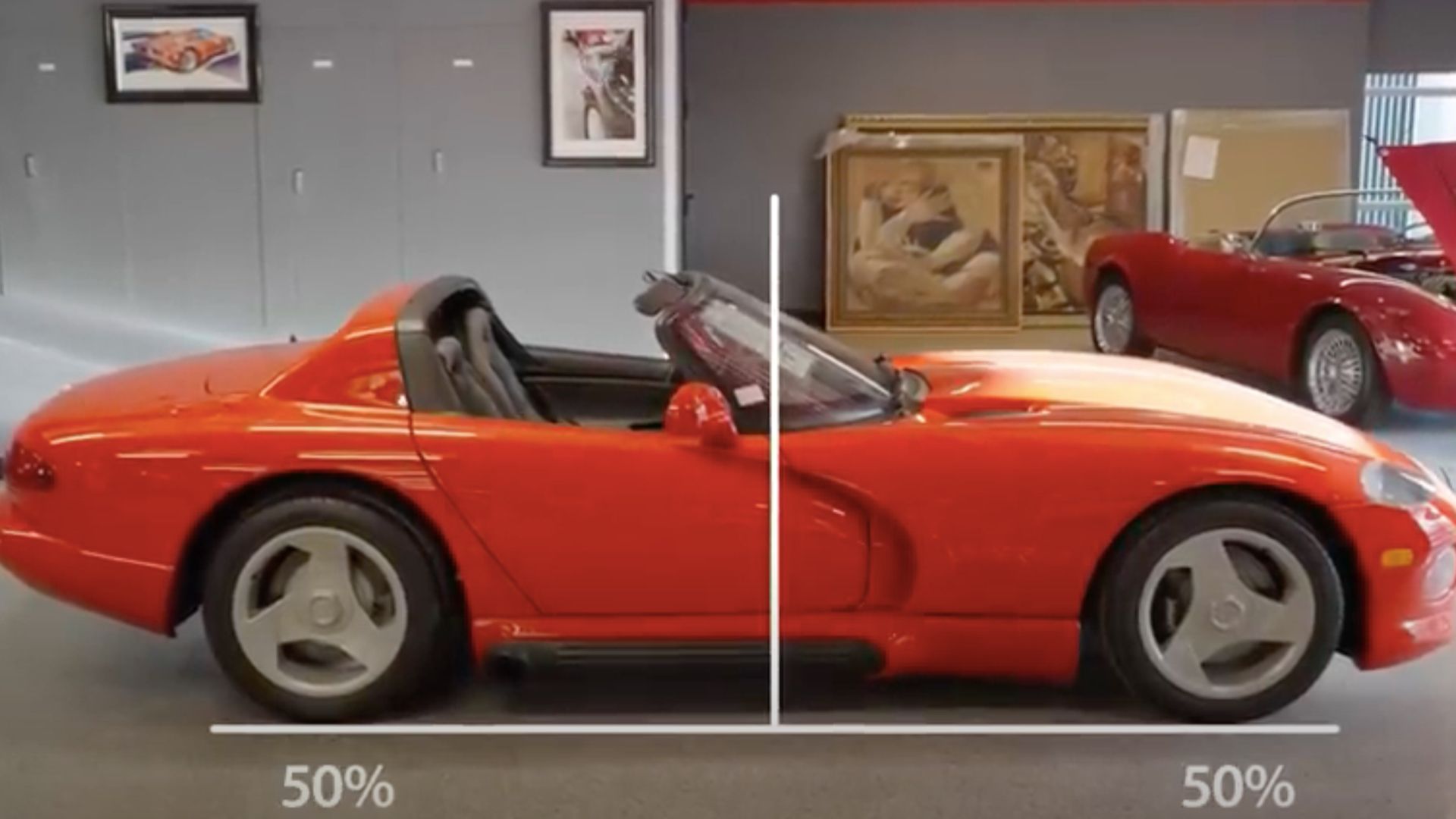The Dodge Viper began as a concept in 1988 to build a modern Cobra roadster and more importantly as a reward for designers who were down in the dumps from years of working on the boxy economy cars Chrysler was infamous for. It initially wasn't supposed to be a production vehicle, but it turned out so awesome that eventually then-CEO Lee Iacocca was convinced to let the public get behind the wheel of what would become the most iconic American sports car/muscle car/supercar.
The history of the Viper is both fascinating and kind of sad. Having come in with a roar, it went out with a whimper when it was unceremoniously discontinued in 2017. If the Viper's 25-year run was a roller coaster, it would have a steep initial ascent, a slight drop into a Ram SRT-10 loop, and then an abrupt end to the ride. On a journey through the peaks and valleys, Nolan Sykes and Jeremiah Burton from the YouTube channel Donut went through all the highs by driving every Viper generation made, and then Ideal Media covered the lows of how the ultimate American track star faded away.
The Rise Of The Viper
The guys from Donut were lucky enough to have a Viper from every generation lent to them for an epic track run through the entire history of the model. Up first was the Gen-one (SR-1) RT/10 Roadster. Famous for its 400 horsepower V-10, the first Vipers were all about speed and lacked any comforts like air conditioning, traction control, anti-lock breaks, cup holders, and roofs. The reason for this was that Chrysler only committed around $50 million for its development when new models can cost as much as $1 billion to produce from the ground up.
When the second-generation Viper came in 1996, nearly 90% of it was re-engineered to address any of the shortcomings of the first model. Now with a roof, the Viper GTS would become the favorite and most collectible version of the car. It was also the most successful Viper, winning almost 50 prestigious racing events, including a class win at LeMans. The second-gen Viper shed about 60 pounds and got 15 more horsepower out of that V-10, making it significantly faster.
For the third generation, introduced in 2003, the Viper was completely redesigned with a bigger 8.3 L 500 horsepower V-10. Known as the SRT-10, this version was significantly lighter and reportedly could do 0-60 in 3.8 seconds, though nobody was able to replicate the feat because it was hard to get the Viper's power to stick to the road. The styling was a little off from the first two generations, with sharper, more angled body lines, which not everyone is a fan of.
The Viper Hits Some Bumps In The Road
The first signs of trouble for the Viper came in 2007 when no new vehicles were produced, but issues were telegraphed a couple of years before. In 2004, Dodge decided to jam a V-10 Viper engine into a truck, creating the Ram SRT-10. According to Viper Registry, the Ram SRT-10 outsold the Viper between 2004-2007. In 2005 alone, Dodge moved 5,113 Ram SRT-10s to just 2,011 Vipers. This was a harbinger of things to come because it showed that consumers wanted freakishly powerful vehicles and not necessarily in the form of a roadster.
After the factory was closed in 2007, fans feared the Viper was done for, but Dodge came screaming back in 2008 with the gen-four SRT-10 ACR. With some assistance from McClaren Automotive, the Viper's engine was improved to 8.4 liters and 600 horsepower. Everything in the engine, from crankshafts to piston rods was made bigger and worse to accommodate for the extra power. Other additions included a new front splitter, a rear wing, and a redesigned suspension system. Much of the body was built with carbon fiber pieces and the reduction in weight, combined with added power sent it from 0-60 in 3.5 seconds, with an 11.5 quarter-mile time.
With Chrysler in a full-blown financial crisis, the Viper was canceled in 2010, but then Fiat bought a controlling interest in the automaker and was convinced to give it another go. So in 2013, the fifth-generation Viper GTS-R came back for a final run. What they came up with was a true luxury race car, with a leather interior and fancy stuff like traction control and anti-lock breaks. This Viper's now-645 horsepower engine made it decidedly faster with a 3.2 second 0-60 time. Despite the sheer awesomeness of the gen-five Viper, nobody bought it (only 760 were sold) and it was discontinued for good in 2017.
So What Really Killed The Viper?
Poor sales seem the likely culprit for the demise of the Viper, but it could have been that the design of the vehicle made it impossible to comply with the Federal Motor Vehicle Safety Standard mandate for side-curtain airbags on all new vehicles in 2018. YouTube creator Ideal Media has an alternate theory that involves the Challenger SRT Demon. Introduced in 2017, the Viper's last year, the SRT Demon came equipped with a 6.2-liter engine and a 2.7-liter supercharger that cranked out an astounding 840 horsepower. This was a street-legal production vehicle that could do wheelies and blaze from 0-60 in 2.5 seconds.
What Dodge learned, something they should have noticed back in 2004, was that people do want an obscenely fast vehicle, but also want it to be a practical daily driver. There's no room in a Viper for groceries or sports equipment, as it was designed to purely be a roadster. With the SRT Demon, owners could burn up a quarter-mile at the drag strip and then drive the kids to soccer practice. To answer the question of what killed the Viper, Ideal Media answered,
"It was the Challenger, and it was us dumb Americans that voted with our wallets and really did prove to the world that we're perfectly happy with a car as long as it's got a big V-8 motor and a posi-trac."
The Viper is one of the coolest cars ever made and easily the most impressive vehicle Dodge ever came up with. It had a brilliant 25-year run as the car to beat, but all good things must come to an end. It's normal to mourn the loss of an icon, but this was inevitable. Besides, the Viper going out in 2017 saved it the indignity of becoming an EV, a fate that the Challenger can't escape.

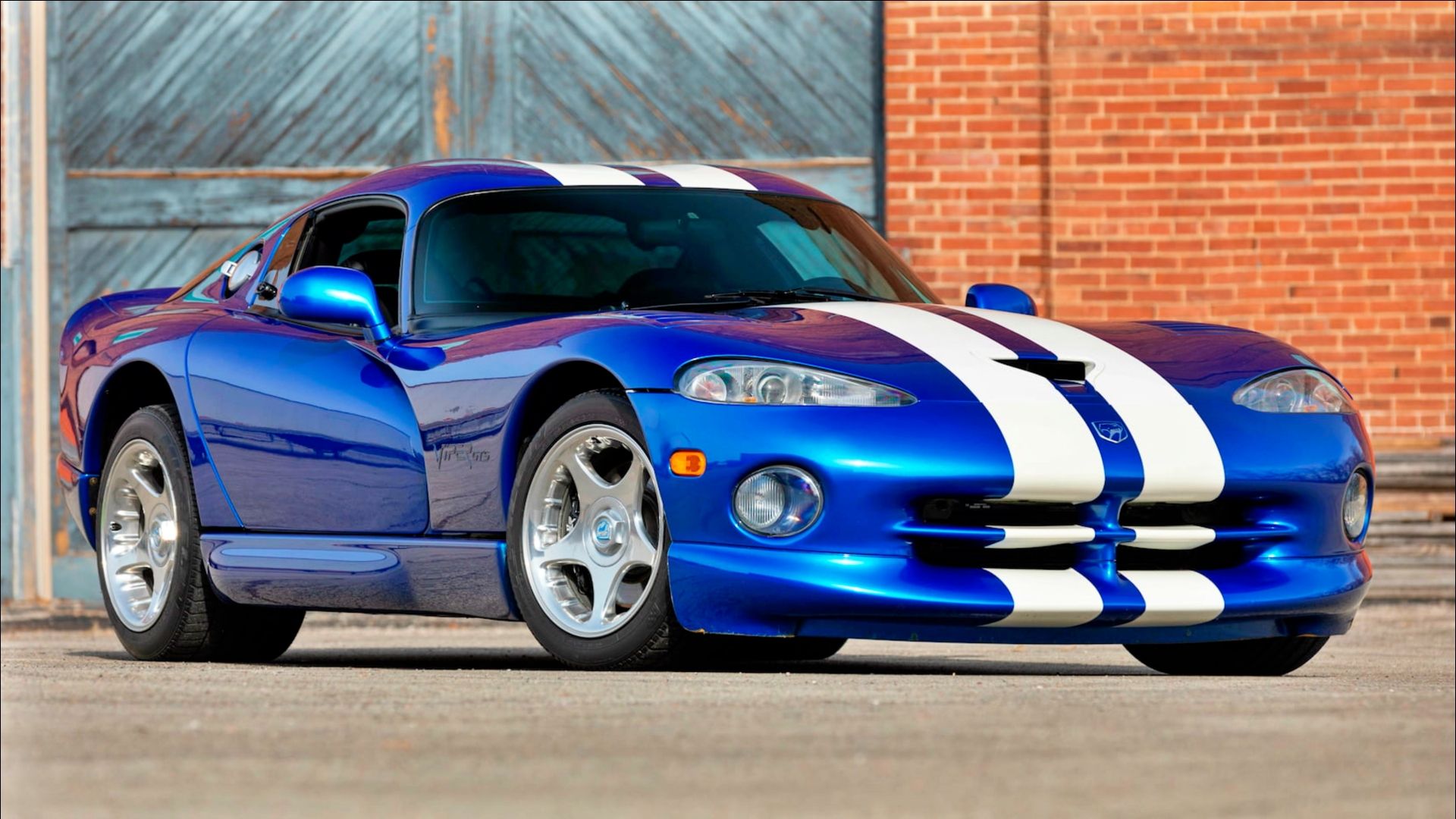
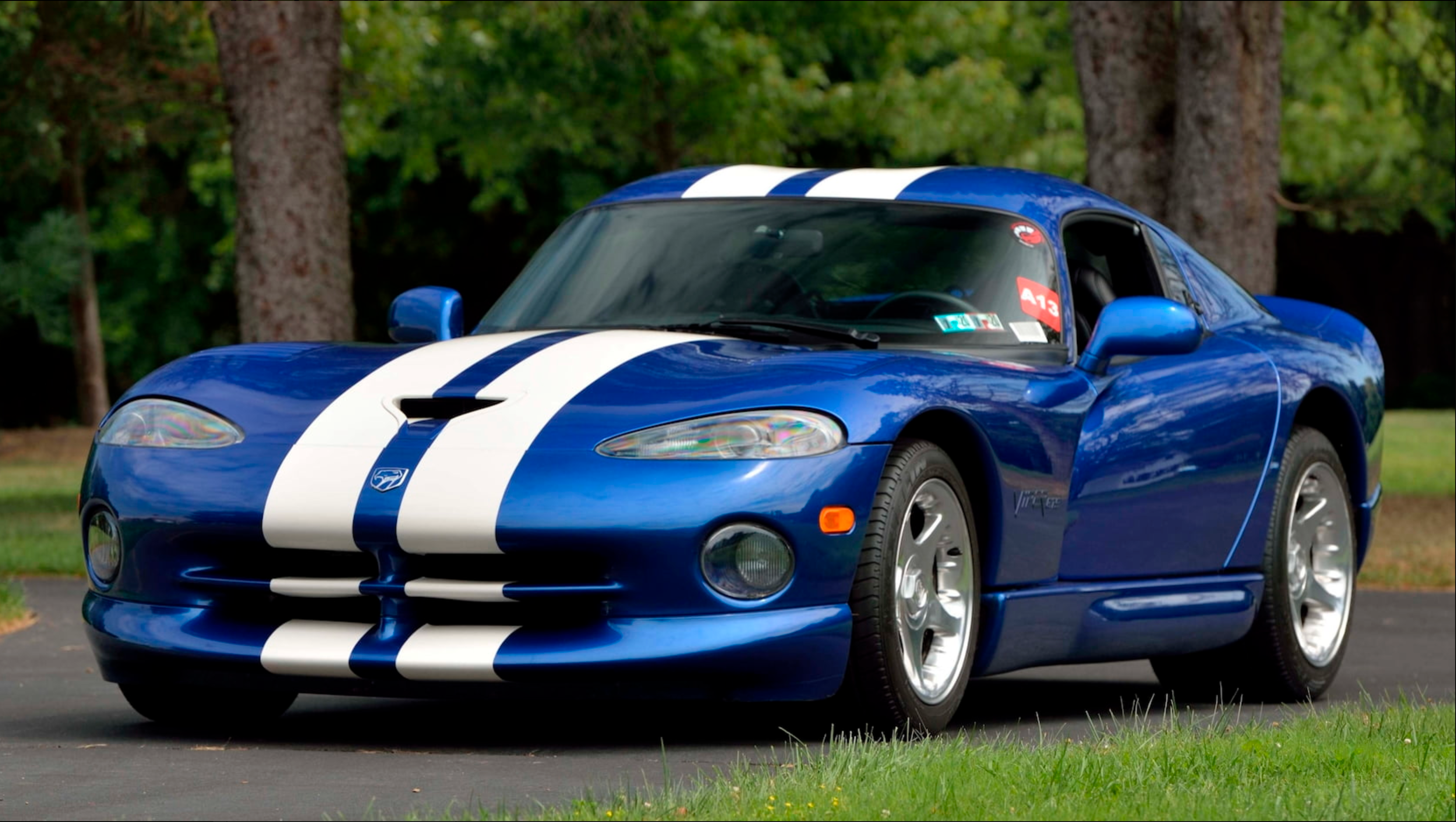
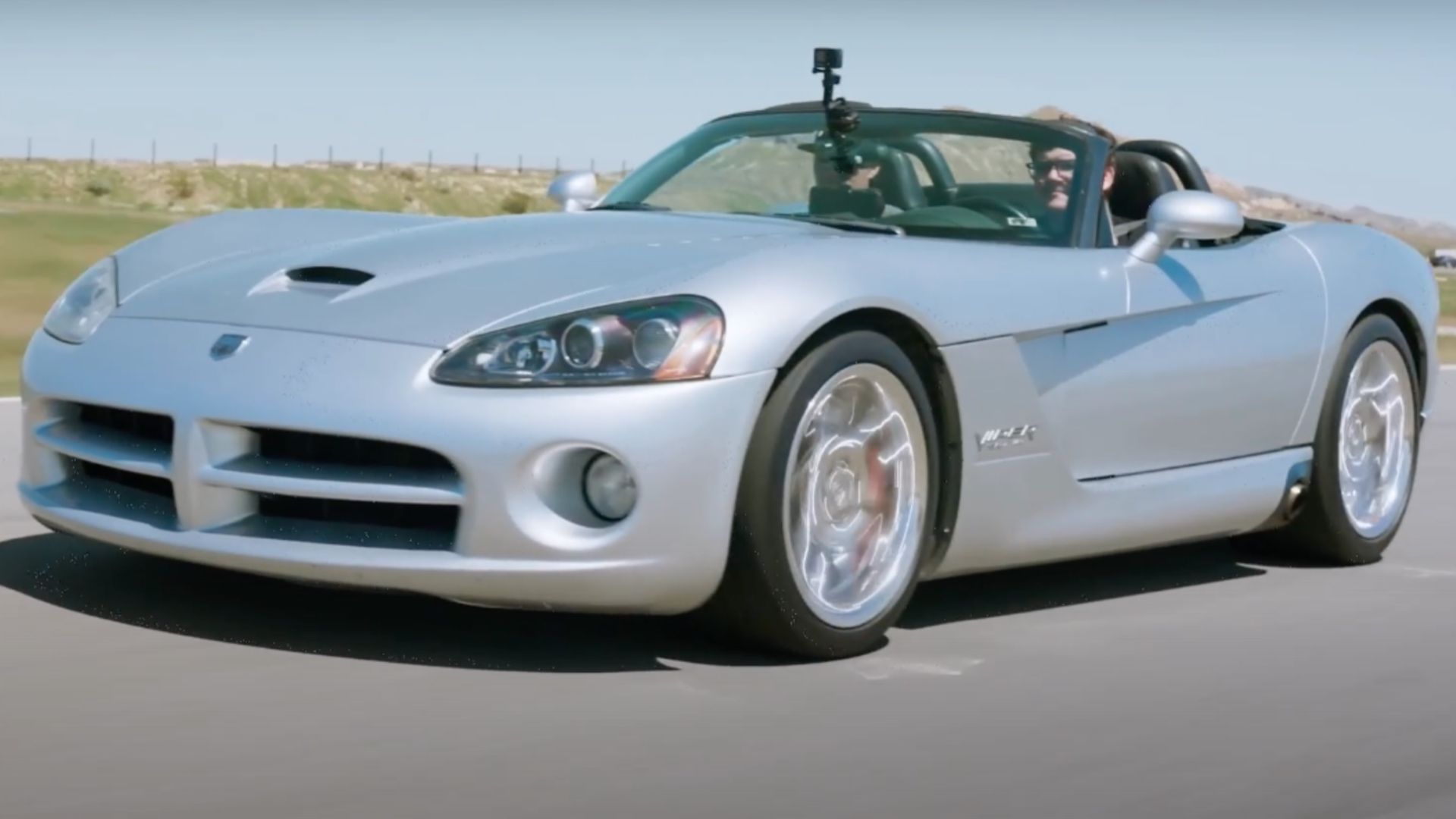
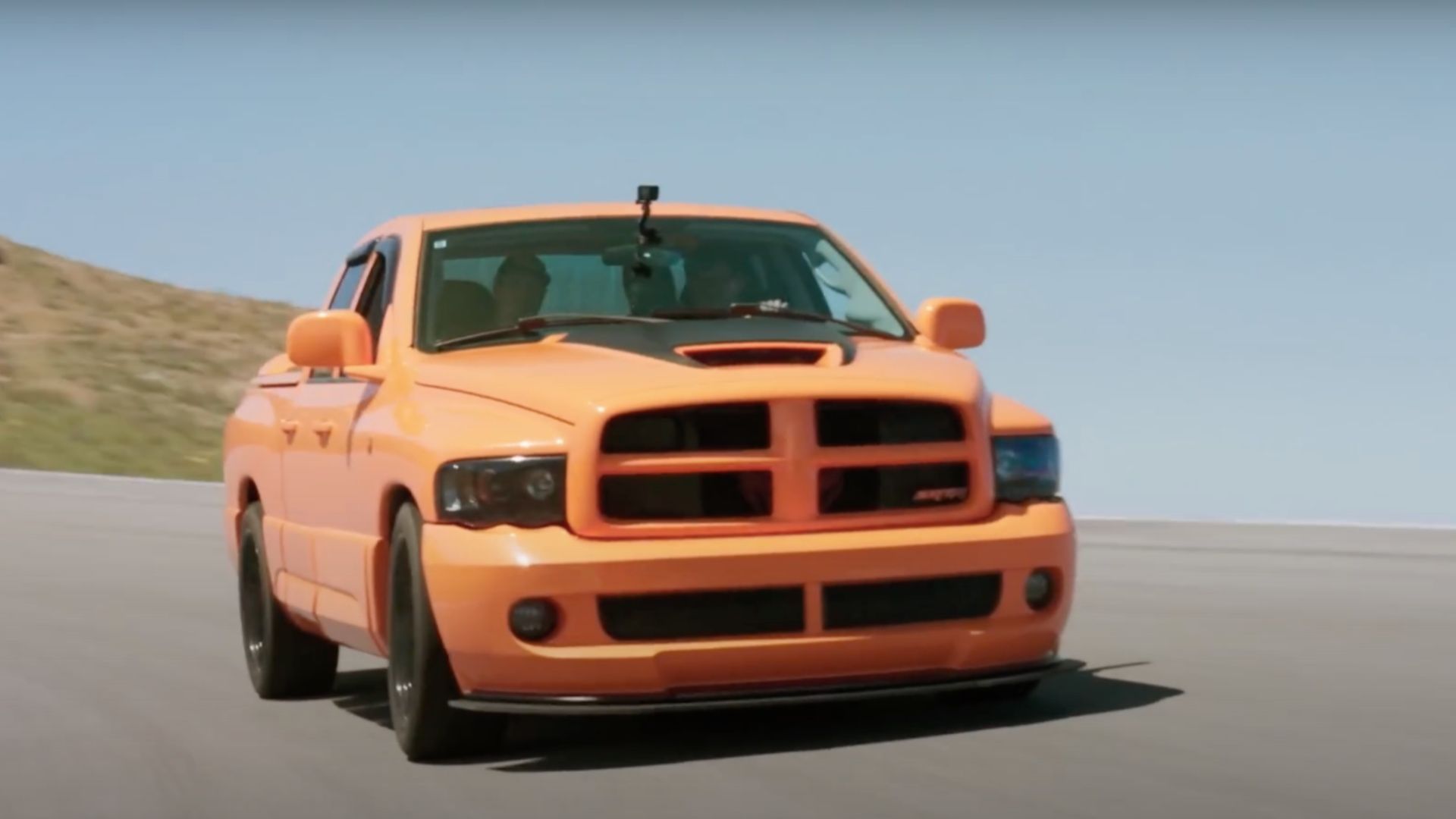
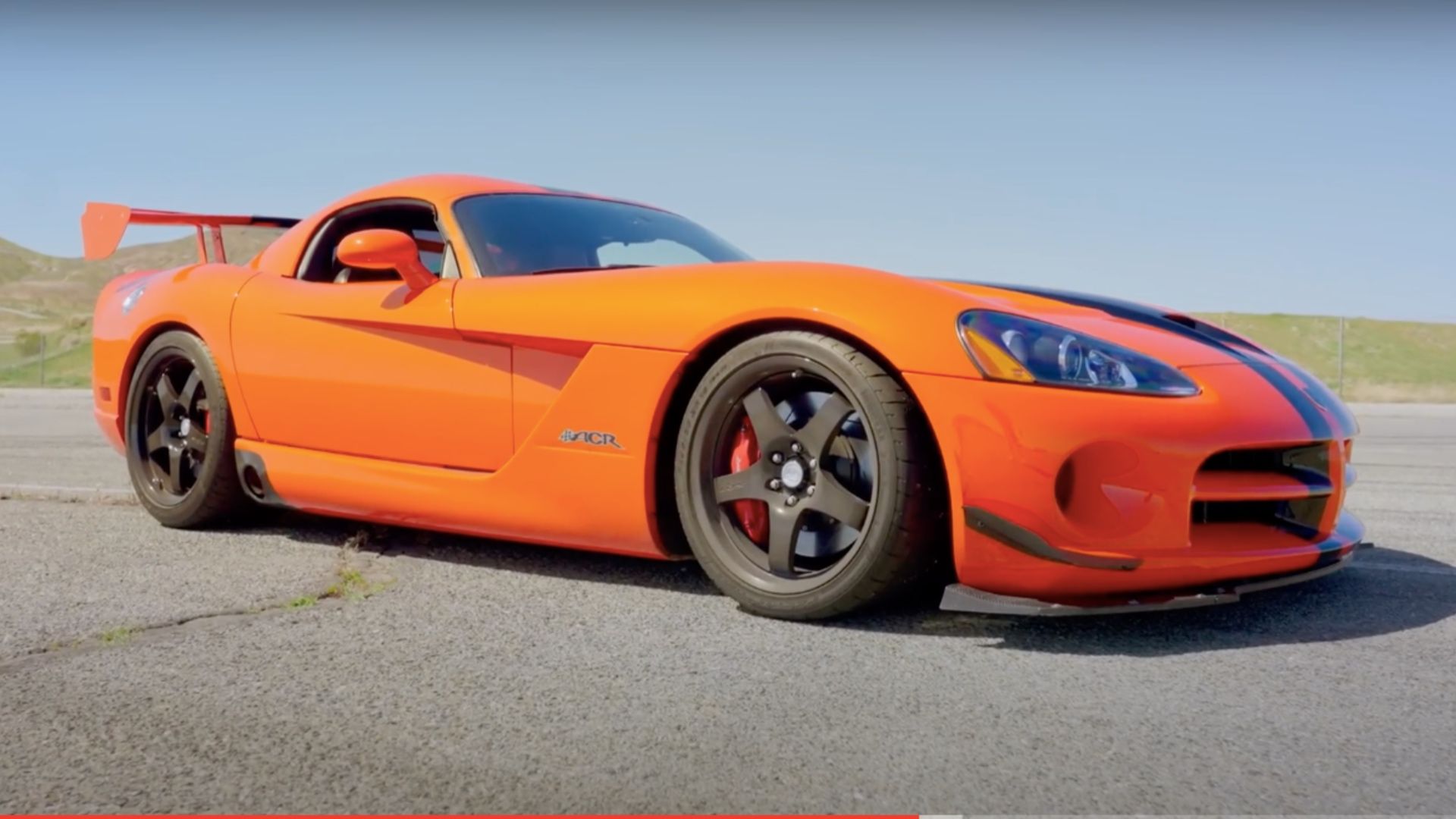
.jpg)

